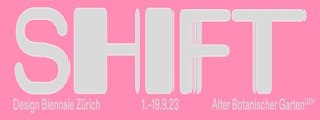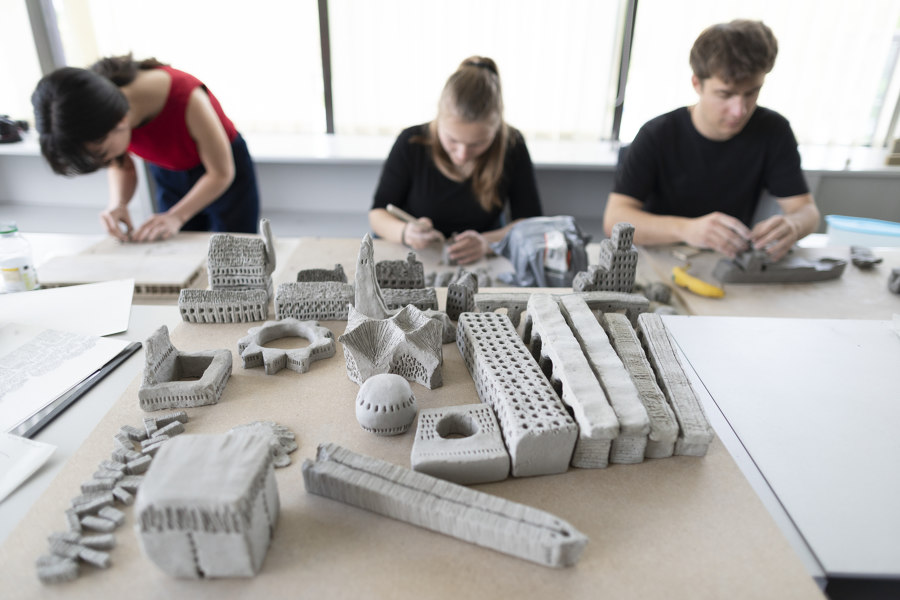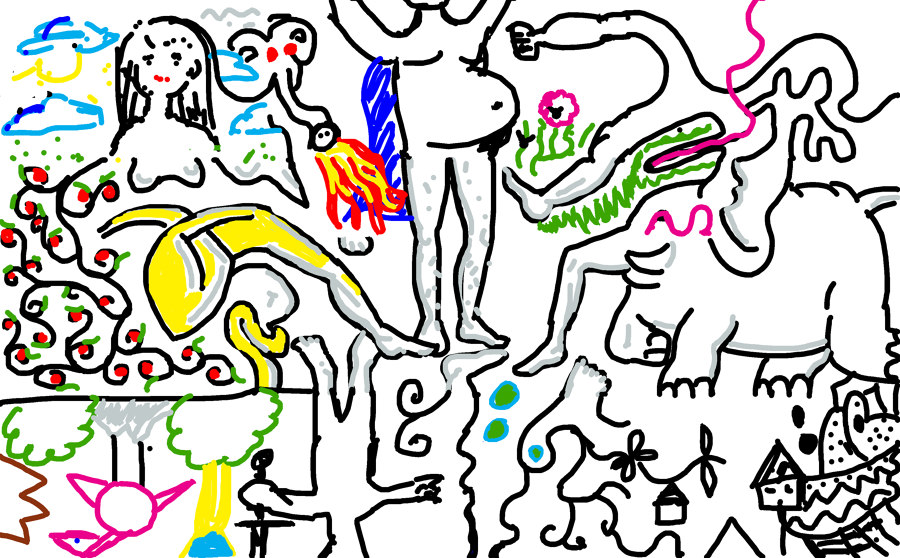DESIGN BIENNALE ZURICH 2019: Some highlights picked out
Scritto da Design Biennale Zürich
18.07.19
In two months, the city will be transformed into the stage for the second DESIGN BIENNALE ZURICH.
Clay City, Design Studio Alexander Brodskiy, ETH, D-Arch Photo: Gaëtan Bally / KEYSTONE
The second edition of the Design Biennale Zurich is dedicated to the theme PLAY. On show will be process-oriented projects, experimental games, interactive installations and playful experiences.
The following is an overview of the various formats and an initial selection of projects. Let's play!
Mish Mash, Doron Hirsch, Kwa Qua Games Photo: Doron Hirsch
Creative Lab, Werkstadt Zürich
The group exhibition Creative Lab combines contemporary design projects and installations from various disciplines: algorithmic compositions, analog scientific models, digital craftsmanship, intelligent textiles, interactive everyday products, collaborative design, material experiments, urban utopias or virtual realities. Here you can try out, test and play. Designers and research teams invite you to discover their design processes at first hand.
Design Parcours, Alter Botanischer Garten der Universität Zürich
Inspired by the Swiss design classic Vita Parcours, projects by up-and-coming design talent can be discovered on the Design Parcours. With wit, charm and a lot of artistic freedom, they show what design can do.
Swiss Game Design Lounge, Museum für Gestaltung Zürich
The group exhibition, curated by the Design Biennale Zürich, is dedicated to experimental video game positions and introduces Swiss game designers. The games and playful experiences will be presented and playable between type furniture and residential landscape.
Pop-up Conference, Vortragssaal in Museum für Gestaltung Zürich
Technology, Simulation and Robotics - Material, Poetry and Irritation - Interactive Experiences, Spaces and Services. At the Pop-up Conference, international personalities from various design disciplines will present visionary concepts and playful processes. Become part of an experiment. The subsequent network aperitif enables direct exchange with the speakers.
Clay City, Design Studio Alexander Brodskiy, ETH, D-Arch Photo: Design Studio Alexander Brodskiy
PICK Highlight 1: Clay City — DArch, ETH, at Werkstadt Zürich (Creative Lab)
In the design studio of Alexander Brodskiy at ETH Zurich, an ideal city made of clay was created over a period of three months. Visitors to the Design Biennale Zurich can and should transform and redesign it. This urban fabric, which grows out of dreams, emotional needs and memories, idealised personal experiences and monuments of world architecture, serves as a metaphor for time, memory, love, joy or loneliness. The city becomes a playground where buildings become characters and people become protagonists.
“...From the number of imaginable cities, we must exclude those whose elements simply string together without a connecting thread, an inner rule, a perspective, a discourse. It is with cities as with dreams: everything imaginable can be dreamed, but also the most unexpected dream is a picture puzzle that conceals a wish or its reversal, a fear. Cities, like dreams, are formed from desires and fears, even if the thread of their discourse is secret, their rules absurd, their perspectives deceptive, and each thing hides something different (...) In a city, you do not enjoy its seven or seventy-seven wonders, but the answer it gives you to a question.” Italo Calvino, The Invisible Cities, 1972
Project Management: Alexander Brodskiy
Students:Arnosti Moana, Stolbovoy Victor, Toboll Michèle, Basil Bründler, Rickli Laura, Kakur Juliet, Schaad Emil, Begun Sophia, Ziegler Severin, Arber Seren, Mottet Manon, Murer Stefanie, Morger Murielle, Huber Frederic, Lengerer Sina, Sermet Anne, Gao Yeshe, Lafranchi Noé, Wuite Eric, Gisler Flavio, Nils Brunell
DONG, Marine Fondin, ECAL (1) DING-DANG-DONG, Marine Fondin & Julie Racaud, ECAL (2) Photos: ECAL/ Calypso Mahieu & Bilal Sebei

DONG, Marine Fondin, ECAL (1) DING-DANG-DONG, Marine Fondin & Julie Racaud, ECAL (2) Photos: ECAL/ Calypso Mahieu & Bilal Sebei
×PICK Highlight 2: Ring my Bell — ECAL/University of Art and Design at Werkstadt Zürich (Creative Lab)
The interactive doorbells, designed by industrial design students at ECAL/University of Art and Design Lausanne, combine object and sound design, an often neglected topic, although almost any object can also produce sounds. DONG! TRRRRRR! GLING! Step inside! The creaking of a chair, the clicking of a switch, the buzzing of a closing drawer: All these sounds are based on movement, tension and interaction, on the fundamental laws of physics.
The doorbell is one of the most inconspicuous but never mute things in our everyday lives. It is ideal for a playful redesign. The budding industrial designers have created a variety of mechanical and electrical solutions and a fresh, sometimes even thunderous world of sound. The familiar ringing is replaced by the peculiar sounds of a music box controlled by punched cards; the door knocker is extended and vibrated; drum rolls replace the usual humming and instead of the expected thing dong a long mooing can be heard. Ring the bell and discover more surprising welcome sounds!
DONG! TRRRRRR! Or maybe GLING! Or BLING! MHHHH! And sometimes even BRAOUM!
Project management: Stéphane Halmaï-Voisard, Mathieu Rivier
Students: Théo Blanchard & Noémie Soriano, Elie Eliez, Marine Fondin & Julie Racaud, Noémie Soriano, Jillian Reichlin, Juri Römmel, Stéfanie Kay & Manon Novelli, Victorine Lefebvre & Theodore Simon, Mariko Ito & Celestin Tanari, Marina Kottler & Alan Schopfer, Thomas Blaser, Julien Lindt & Eugénie Perrin, Marine Fondin
Mish Mash, Doron Hirsch, Kwa Qua Games Photo: Doron Hirsch
PICK Highlight 3: Mish Mash – Doron Hirsch, at Werkstadt Zürich (Creative Lab), *Guest country Holland
Mish Mash extends the game Cadavre Exquis (exquisite corpse) invented by Surrealist artists in the 1920s and brings it into digital space. An experimental digital game, a huge surrealist drawing: Mish Mash brings people from all over the world together to celebrate diversity and uniqueness. The game is to continue working on a drawing started by another player. Each new player sees only a small part of the existing image. The result is a collective work with unexpected connections that tell of diversity and uniqueness. In digital space, artistic work can theoretically grow to infinity.
Kwa Qua Games develops play platforms that trigger imagination and creativity. The studio is particularly interested in discovering new fields for user-generated content.
#designbiennalezurich
@designbiennalezurich











